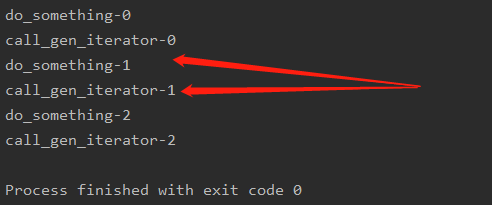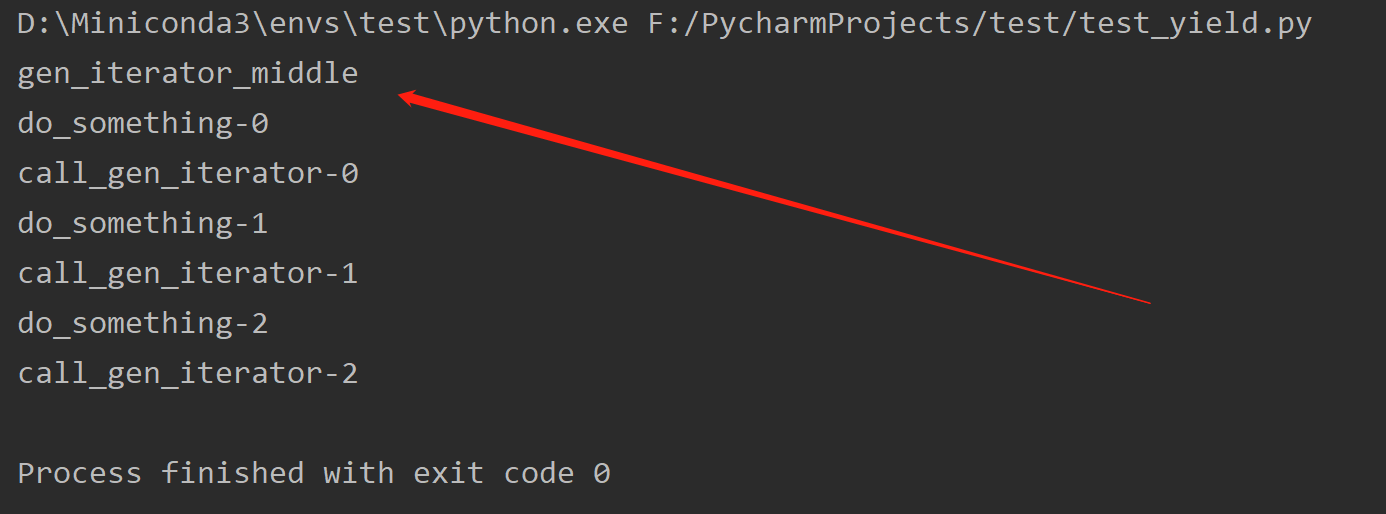How does python distinguish return and yield
1. Description
Return has always been, there is no big difference in each language, so I won't say more. (The return of the shell language is the exit status, and the difference may be relatively large. If you are interested, please refer to "Linux Shell Function Definition and Calling")
I first saw which language used to adjust the thread priority of yield. I can't remember clearly, but the yield should be different from the yield in python.
The first time I saw yield in Python was when I used the scrapy framework to write crawlers. I also saw the usage of yiled before, but I can't remember it. I went to see it again today. Basically, I talked about some of the troubles of the Fibonacci sequence. I wrote a section of the program myself and studied it. Here is a note.
Two, the similarities and differences between return and yield
Common point: return and yield are both used to return values; the role of return and yield is the same in the scenario of returning all values at once.
Difference: If the data to be returned is iterator type data (such as lists, tuples) generated by loops such as for, return can only be returned once outside the loop, and yeild can be returned element by element inside the loop. Below we illustrate this difference with an example.
3. Example description
3.1 return version
The sample code is as follows:
classTestYield:
def gen_iterator(self):
result_list =[]for j inrange(3):print(f"gen_iterator-{j}")
result_list.append(j)
# return is outside the loop, and returns once after the variable is completely generated
return result_list
def call_gen_iterator(self):
# After executing the following sentence, result_list is directly the result of completion[0,1,2]
result_list = self.gen_iterator()for i in result_list:print(f"call_gen_iterator-{i}")if __name__ =="__main__":
obj =TestYield()
obj.call_gen_iterator()
The execution result is as follows, you can see that after executing the lower-level function at one time, the complete iterator type return value result_list is generated, and it is returned to the upper-level function at one time:

3.2 yield version
The sample code is as follows:
classTestYield:
def gen_iterator(self):for j inrange(3):print(f"do_something-{j}")
# yield is inside the for loop
yield j
def call_gen_iterator(self):
# yield is not a direct return[0,1,2], After executing the following sentence result_list has no value
result_list = self.gen_iterator()
# i gen is triggered every time a piece of data is requested_iterator generates a data
for i in result_list:print(f"call_gen_iterator-{i}")if __name__ =="__main__":
obj =TestYield()
obj.call_gen_iterator()
The execution result is as follows, you can see that the upper and lower functions are alternated, that is, the upper function requests to iterate a value before the lower function generates a value and returns this value immediately:

3.3 The meaning of yield
As can be seen from the two subsections above, although the execution order of return and yield is different, the whole thing to be done is the same, so using yield will not be faster than return, and we can even guess that because yield always occurs in context Switching will be slower in speed, so speed is not the meaning of yield.
The main difference between them is that yiled must iterate to which element and that element is generated instantly, while return uses an intermediate variable result_list to save the return value. When the length of result_list is very long and the content of each constituent element is large, it will cost more At this time, yield has an advantage over return.
Four, nested use of yield and return
classTestYield:
def gen_iterator(self):for j inrange(3):print(f"do_something-{j}")
# yield is inside the for loop
yield j
def gen_iterator_middle(self):print(f"gen_iterator_middle")
# The return is the handle of the iterator, so it is understandable that adding a layer of return does not affect
return self.gen_iterator()
def call_gen_iterator(self):
# yield is not a direct return[0,1,2], After executing the following sentence result_list has no value
result_list = self.gen_iterator_middle()
# i gen is triggered every time a piece of data is requested_iterator generates a data
for i in result_list:print(f"call_gen_iterator-{i}")if __name__ =="__main__":
obj =TestYield()
obj.call_gen_iterator()

The above is the detailed content of how python distinguishes return and yield. For more information about python return and yield, please follow other related articles on 179885.Com!
https://www.179885.com/python/433122.html
Recommended Posts